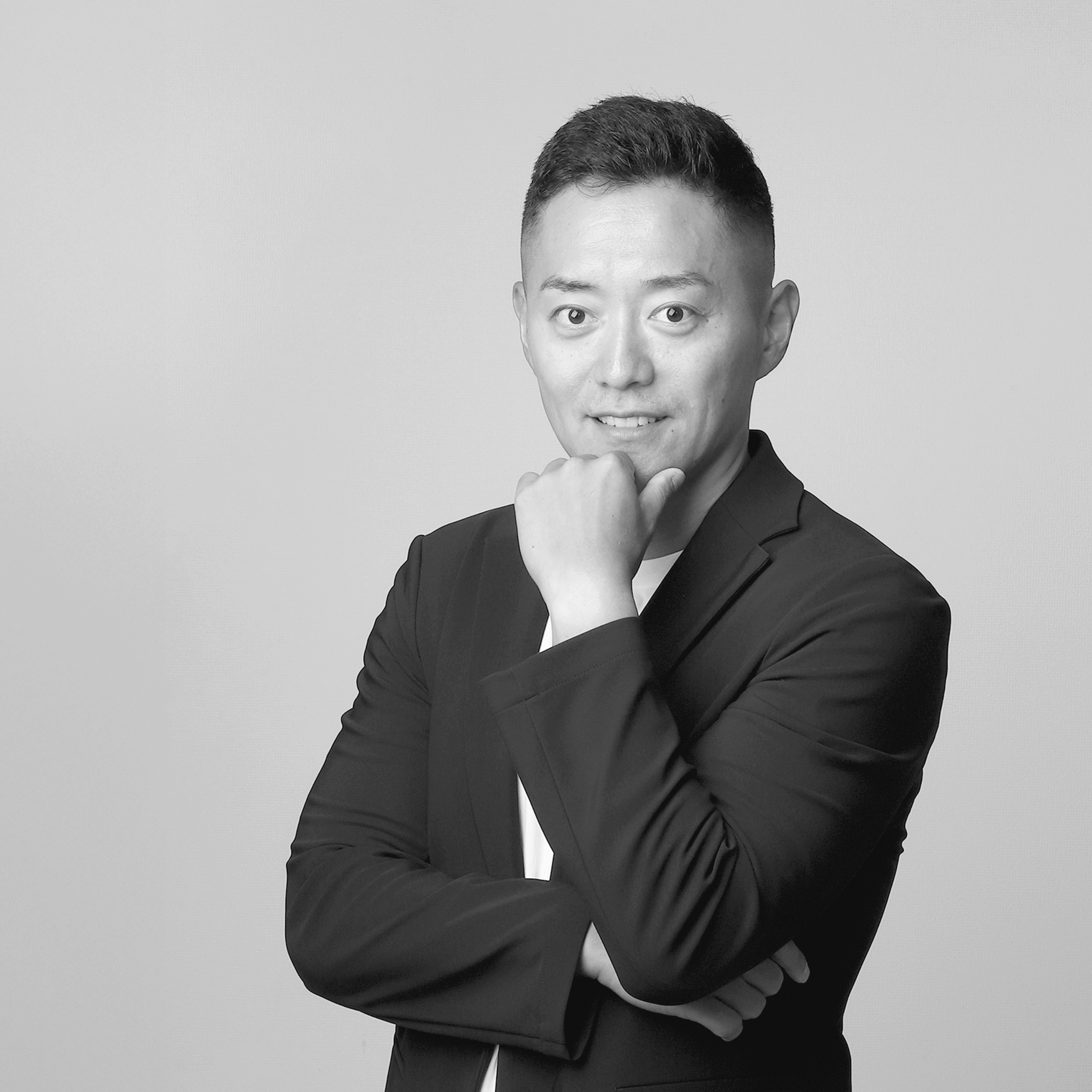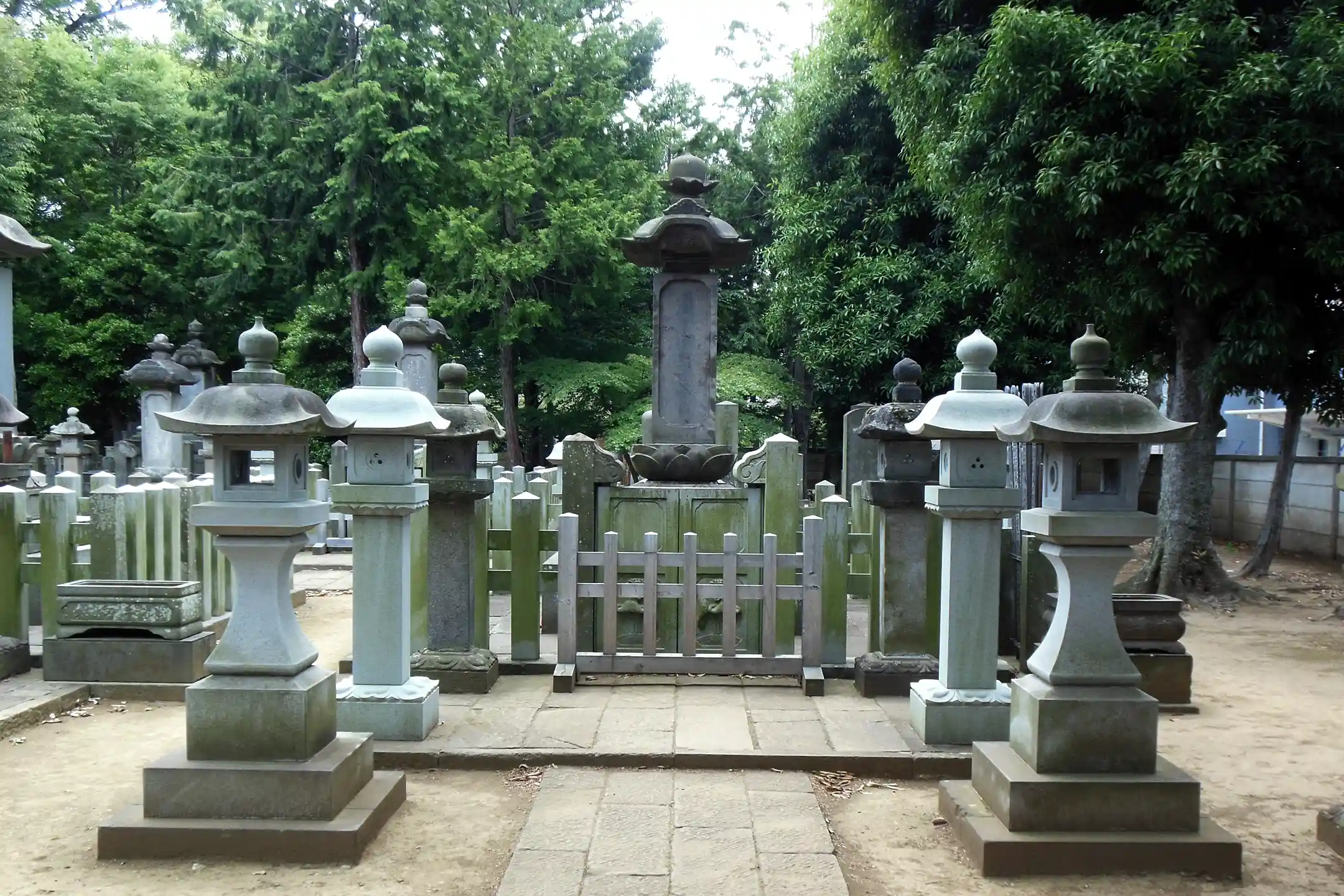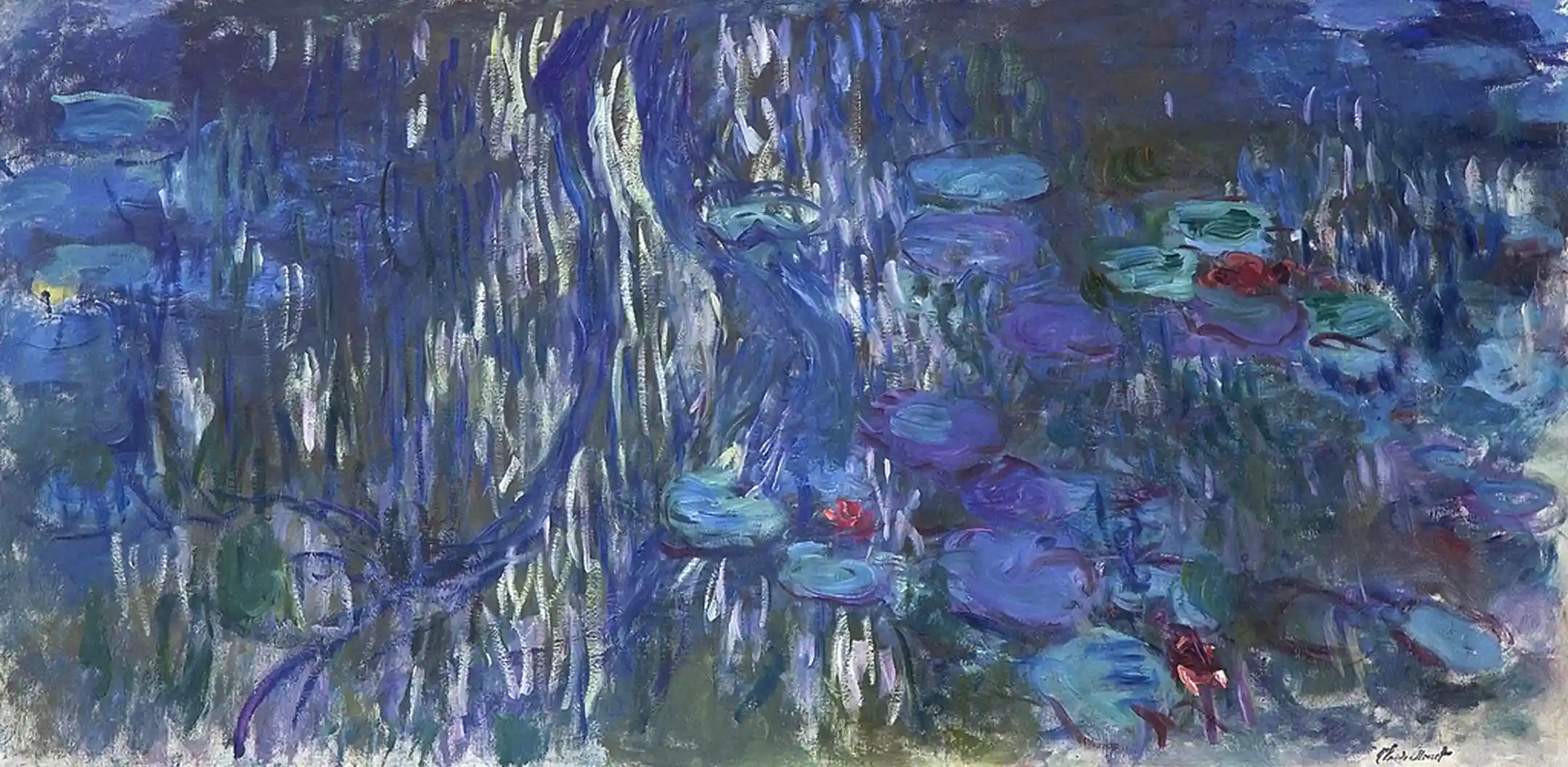Imagine stepping away from the constant rhythm of Tokyo and spending a day immersed in quiet and beauty that could only belong to Japan. In Setagaya, Gotokuji Temple offers you a journey into history and culture that has been alive since the Edo period. As soon as you enter its gates, the greenery and stillness surround you, and it feels as if time itself begins to slow. For many Western travelers, this hushed world completely reshapes the image of Tokyo as neon and noise.
In the pages ahead, you’ll uncover Gotokuji’s history and Zen-inspired design, and discover ways to experience it firsthand—through zazen meditation, sutra copying, and even exploring nearby cafés and galleries. You’ll also learn eco-friendly ways to get there. Along the way, you’ll find yourself noticing the subtle contrasts between Japanese and Western perspectives, and how tradition and modern life weave together here. It’s an invitation to listen to the culture breathing within the silence and spend an intellectual holiday in Tokyo that speaks directly to you.
Gotokuji’s History and Zen Architecture as an Expression of Edo-Era Aesthetics
Gotokuji is a Zen temple that blossomed within Edo’s samurai culture, and its story reflects Japan’s refined aesthetics and philosophy. It began in 1480, founded as Kōtoku-in by Kira Masatada, lord of Setagaya Castle. In the early Edo period, the temple fell into decline until Ii Naotaka, the second lord of Hikone, revived it in 1633. From then on, Gotokuji became the Edo family temple of the Ii clan.
The Ii Clan Cemetery and the Zen View of Life and Death
Venture deeper into the grounds and you’ll come upon the Ii family cemetery, resting place of generations of lords including Ii Naosuke, the influential late-Edo statesman. Here, 303 stone towers rise in ordered rows, forming one of Tokyo’s most striking daimyo cemeteries, now protected as a National Historic Site. The wooded setting, dotted with lanterns and halls, glows with dappled sunlight and a timeless stillness.
While visiting a cemetery may feel unusual on a holiday, here you’ll sense peace rather than grief. Zen philosophy sees death not as an end but as one with life, and the calm dignity of this place expresses that view.
In the West, cemeteries are often kept apart from daily life—set beyond churchyards or within grand mausoleums. At Gotokuji, by contrast, ancestors’ resting places are woven seamlessly into the temple’s everyday rhythm.
The gravestones, each engraved with posthumous names, are simple and sturdy, free of ornament. Their quiet beauty contrasts with the elaborate memorials or angel statues you may know from Western cemeteries, revealing the Japanese preference for restraint even in mourning.

Gotokuji as the Birthplace of the Beckoning Cat: Legends of Fortune
Gotokuji is also celebrated as the birthplace of the Maneki Neko, the beckoning cat figurine said to bring prosperity. You’ve surely seen them—paws raised in welcome outside shops—but few know their origin story begins here.
According to legend, Lord Ii Naotaka passed the temple one day while returning from falconry. At the gate, he saw a cat earnestly beckoning him inside. Curious, he entered just before a sudden thunderstorm broke. Sheltered, he was spared its danger. Inspired by the monk’s words he heard within, Naotaka credited his fortune to the cat’s invitation and later donated land and funds, making Gotokuji the clan’s family temple. From this tale spread the story of “the cat that brought fortune to a lord,” and Gotokuji’s fame as the birthplace of the beckoning cat took root (*1).
The monk is said to have buried his beloved cat with care, raising a stone monument. Over time, figurines of cats with lifted paws were crafted in its honor and offered at the temple. Even today, Gotokuji calls them by their old name Shōfuku-nekoji—“Fortune-Bringing Cats”—enshrined in the Shōfukuden hall alongside the statue of Shōfuku Kannon Bodhisattva.

Deepening Your Understanding with Zen Experiences: Zazen and Sutra Copying
At Gotokuji, you can go beyond admiring the temple and step into Zen practice yourself. Zazen meditation and shakyō sutra copying are unique opportunities to pause, reflect, and connect with centuries-old traditions. Programs guided by monks welcome even beginners, so if you’re curious about Japanese culture, these are perfect ways to immerse yourself.
Though the acts seem simple—sitting in silence, or writing with a brush—each carries centuries of philosophy. Approach with respect, and you’ll discover fulfillment that goes far beyond sightseeing. These practices awaken your senses, giving you the thrill of discovering something new you can’t get from photos or guidebooks.
Zazen: Dialogue with Yourself in Stillness
During Gotokuji’s zazen sessions, you’ll sit quietly in the main hall as monks guide you to focus on posture and breath. Straight-backed, grounded on a cushion, you breathe slowly, letting your thoughts settle until clarity emerges. This is shikan taza—just sitting. When stray thoughts appear, you gently return to the present.
The calm you’ll feel mirrors the benefits of mindfulness, now embraced worldwide for easing stress and sharpening focus (*1). For many Western visitors, facing silence itself becomes a refreshing discovery.
In Japan, silence is seen as valuable, while in Western cultures it can feel uncomfortable. Sharing this stillness through zazen lets you truly feel the Japanese sensibility of cherishing quiet.

Sutra Copying: Intellectual Reflection in a Historic Setting
Equally rewarding is sutra copying, a tradition dating back to the Heian period. At Gotokuji’s monthly shakyō gatherings, you’ll copy Buddhist scriptures, brushstroke by brushstroke, in the calm of historic halls scented with ink.
As one teaching explains: “Write each character as if it were the Buddha’s words—without clinging to the last, or worrying about the next, but focusing on now.” In doing so, you’ll find a rare chance for intellectual self-dialogue, immersing in the elusive present moment.
Writing with brush and ink is a novelty in today’s digital age. It recalls the work of medieval monks copying scripture in Europe, yet here you can experience it yourself.
Even if you don’t fully understand the Heart Sutra, often used as text, the rhythm of writing brings its own meditative calm.

Cafés and Galleries Around Gotokuji: Refined Spots for an Intellectual Holiday
Afterward, extend your journey with a café stop or gallery visit. Gotokuji’s former temple-town area is now dotted with hidden cafés and creative boutiques tucked into quiet residential streets.
The joy lies in stumbling upon a tiny signboard and discovering a place that feels like a secret. For seasoned travelers, these moments bring a special thrill.
Hidden Cafés Offering Peaceful Retreats
One gem is Tsurubami-sha, a hotcake café nestled down an alley. Its warm wood interior and birdsong-like background music feel like a tea house in the forest. The owner, trained at a long-established fruit parlor, makes copper-grilled hotcakes with gentle sweetness, different from the fluffy American style but equally inviting.
Nearby, you’ll also find Fika Fabriken, offering Scandinavian pastries, and IRON COFFEE, known for carefully roasted beans. Each has its own concept and personality, offering you not just coffee but a glimpse of Setagaya’s lifestyle.
Savoring tea and sweets in these quiet settings lets you step into the rhythm of everyday Japanese life, transforming a simple break into a moment of cultural immersion.
Galleries and Boutiques to Awaken Your Senses
For art lovers, the Former Ozaki Theodora Residence is a highlight. This restored Meiji-era Western-style home, once residence of British-born Theodora Ozaki, reopened in 2024 as a gallery and café. Today, you can enjoy tea and cakes while viewing curated art exhibitions, experiencing the blend of East and West within its walls.
Another favorite is RARASAND Gotokuji, an art café celebrating the beckoning cat. Just minutes from the station on “Tama-nyan Street,” it pairs a gallery with a playful café serving cat-shaped sweets and local ceramics.

(*1Reference: Co-trip “Cafés to Visit in Gotokuji, Guided by the Beckoning Cat”https://co-trip.jp/article/557941)
(*2Reference: Shokusan Best Column “RARASAND Gotokuji Café: Perfect After a Temple Visit”https://shokusanbest.com/setagaya/column/rarasand-gotokuji/)
Eco-Friendly Ways to Explore Gotokuji: EV Travel and Rental Bicycles
How you travel shapes your experience. By choosing eco-friendly transport—an EV or a rental bike—you turn your visit into a forward-looking journey, aligned with Zen’s compassion for all beings.
EV Charging Spots and Recommended Routes
Driving an EV? Setagaya makes it easy with a growing network of chargers. For example, you’ll find a rapid charger at the Setagaya Education Center on weekdays, and a 24-hour EV station just 600 meters from the temple.
From Shinjuku, it’s a 30-minute drive along the Odakyu Line. Cruising through quiet neighborhoods and perhaps stopping at Kinuta Park or Setagaya Art Museum—both with charging facilities—turns the drive itself into a refreshing mini-trip.
Exploring by Bicycle: A Sustainable Alternative
Cycling gives you another way to connect with the area. Setagaya offers rental and shared bikes through services like HELLO CYCLING and Docomo Bike Share, bookable by smartphone 24/7. You can even pick up a bike at Gotokuji and return it in another district (*1).
A short ride takes you to Setagaya Castle Ruins Park or Hanegi Park, loved by locals for seasonal flowers. Electric-assisted bikes make slopes easy, so anyone can enjoy the ride. Along the way, you may stumble upon hidden bakeries or craft shops, small surprises that make the day memorable.

In Closing
Gotokuji invites you to design a holiday of depth and discovery. Here, you can step into Edo culture at a historic Zen temple, explore your own mind through zazen and sutra copying, then refresh yourself in refined cafés and art-filled galleries.
Choosing sustainable travel adds yet another layer of meaning, turning the journey itself into an act of learning and care. The insights you gather, the quiet “aha” moments of discovery, and the deeper understanding of culture you gain—these become treasures you carry long after your visit.
The refinement and awareness you cultivate at Gotokuji will surely enrich not only your trip, but your everyday life back home.
Author Bio




.webp)
.webp)
